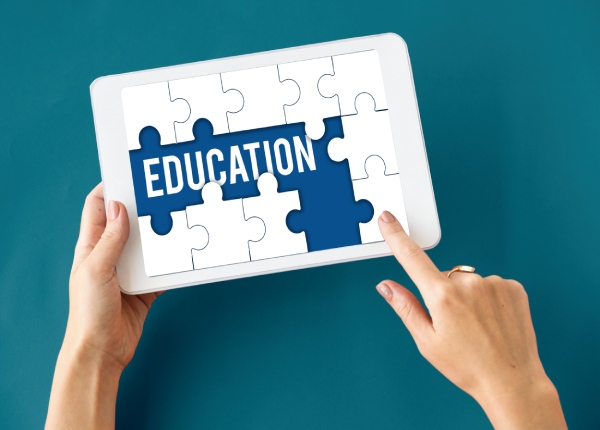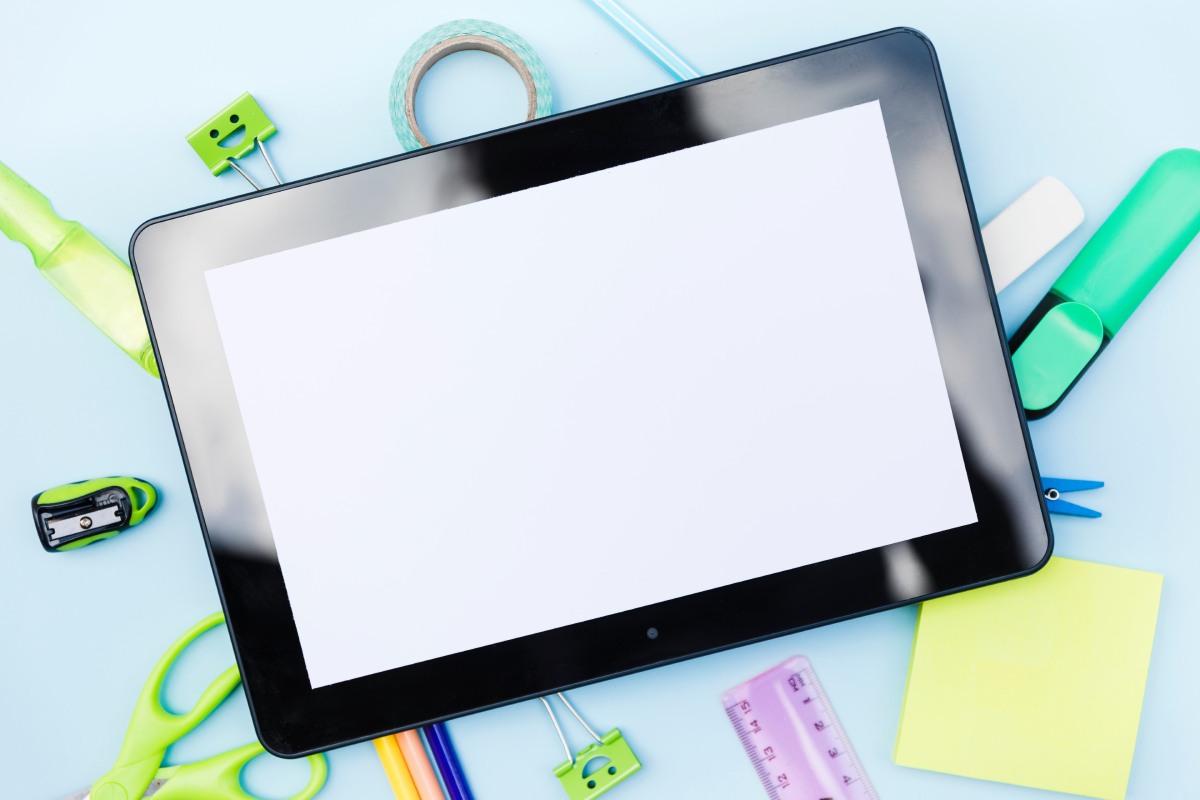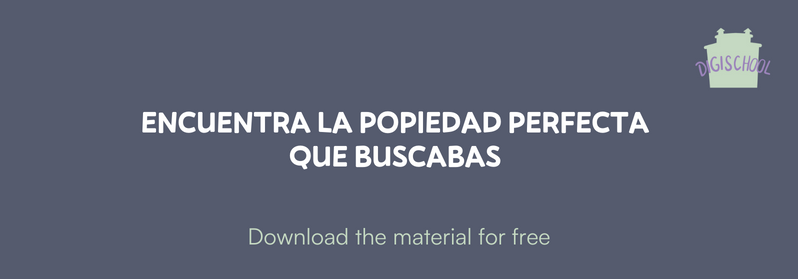The use of digital educational materials has become increasingly popular in recent years as technology has advanced and more resources have become available online. Digital educational materials refers to any type of educational content that is delivered electronically, such as online articles, videos, and interactive activities. This type of material has many benefits for both students and teachers, making it an important tool for modern education.
BENEFITS FOR STUDENTS
One of the main benefits of digital educational materials is that it allows students to access information and resources from anywhere and at any time. This is particularly useful for students who are unable to attend traditional classes or who live in remote areas. Additionally, digital educational materials can be tailored to the individual needs of each student, providing them with a personalized learning experience.
Another benefit of digital educational materials is that it can be interactive and engaging. It can be more interesting than traditional print materials and can help students stay focused and engaged in the learning process. Furthermore, digital educational materials can be updated frequently which can provide students with the most recent and accurate information.
BENEFITS FOR TEACHERS
Digital educational materials also offers many benefits for teachers. One of the main benefits is that it can save time and effort when it comes to creating and distributing materials. Teachers can easily create and share digital materials with their students, and can also easily update and modify them as needed.
Another benefit for teachers is that digital educational materials can be used to track student progress and provide feedback. This can help teachers identify areas where students may be struggling and provide them with the extra support they need. Additionally, digital educational materials can be integrated with online platforms, such as learning management systems, which can provide teachers with valuable insights into student performance.

STRATEGIES FOR IMPLEMENTING DIGITAL EDUCATIONAL MATERIALS
Strategies for implementing digital educational materials in the classroom can include a variety of approaches, such as integrating technology into lesson plans, providing ongoing training and support for teachers, and creating a culture of digital learning in the school. One important strategy is to ensure that digital educational materials is accessible to all students, regardless of their technological resources. This can be achieved by providing access to technology and internet, as well as training and support for students and teachers in using digital tools. Another key strategy is to provide ongoing training and support for teachers to help them effectively integrate digital educational materials into their instruction. This can include professional development opportunities, such as workshops, online resources, and mentoring programs. Additionally, creating a culture of digital learning in the school, which values and promotes the use of technology in the classroom, can help to ensure the successful implementation of digital educational materials.
The use of digital educational materials is an important tool for modern education, as it offers many advantages for both students and teachers. It allows students to access information and resources from anywhere, provides them with a personalized learning experience and can be interactive, engaging and up-to-date. Teachers can save time and effort creating and distributing materials, track student progress and provide feedback. If you want to access these free digital educational materials go to the DIGISCHOOL website, we provide materials for up to 14 different subjects in several languages.


